What are the possibilities?
"Come on, let's hang this picture."
"But where?"
"Well, over that sideboard, there's plenty of room."
"But you need a passepartout, and then the picture is way too big."
Many conversations on the subject of wall design at home or even in the office go like this or something similar. Someone has a fixed, spontaneous idea, and then it fails because of the concrete implementation. All too often, people think only in terms of the motif and forget the details. You think a picture is great, choose a suitable spot, find a hammer and nail, and off you go.
Here comes the first obstacle, there is no picture frame for the picture. Besides, the paper has these beautiful, special edges that should be shown. But what options are available? There are so many types of frames, which one is best for what? We'll show you.
The different types of presentation
There are three types of presentation that are most commonly used: Either lay-in flat (Fig. 01), mount with a passepartout (Fig. 02) or free-floating (Fig. 03).
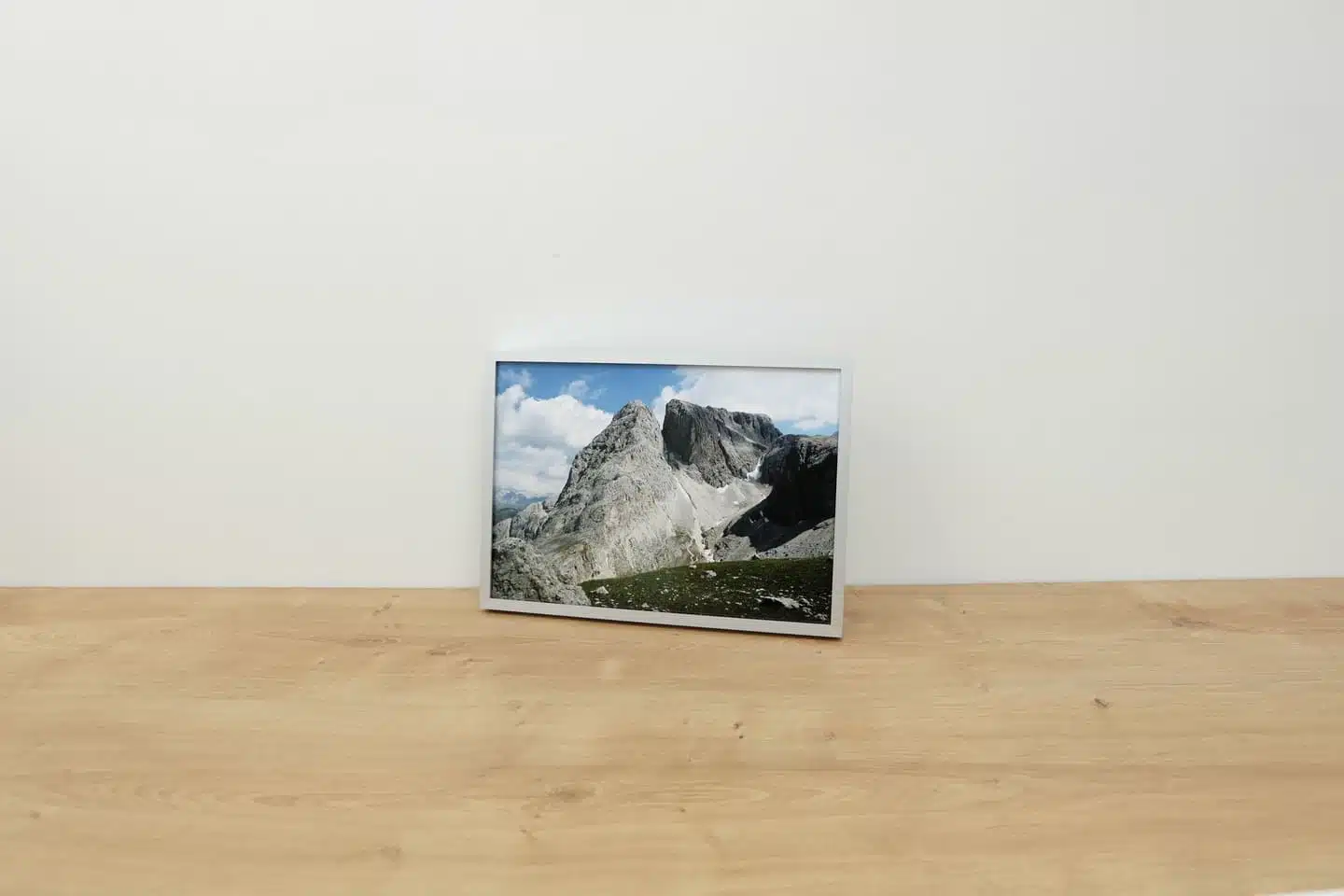
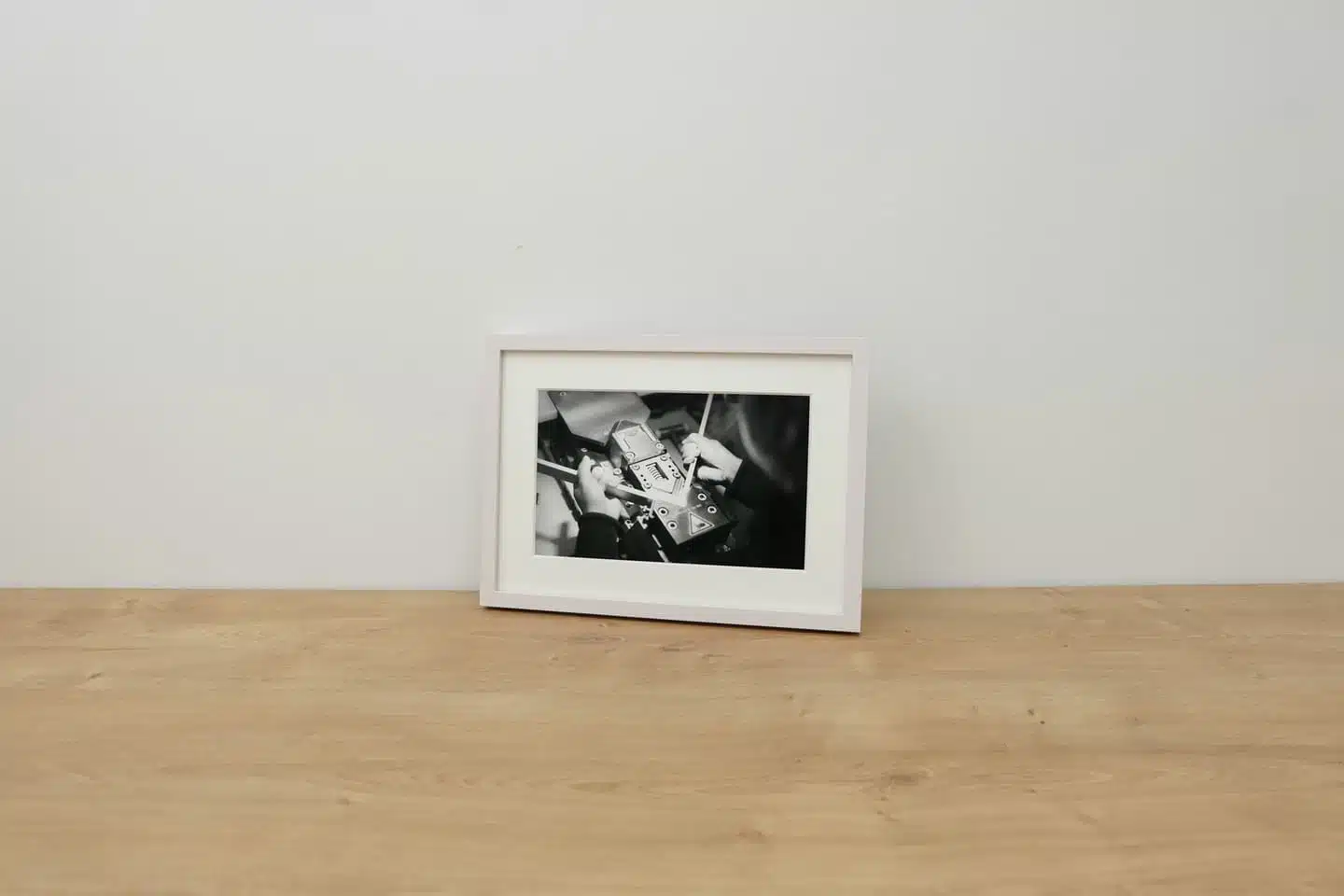
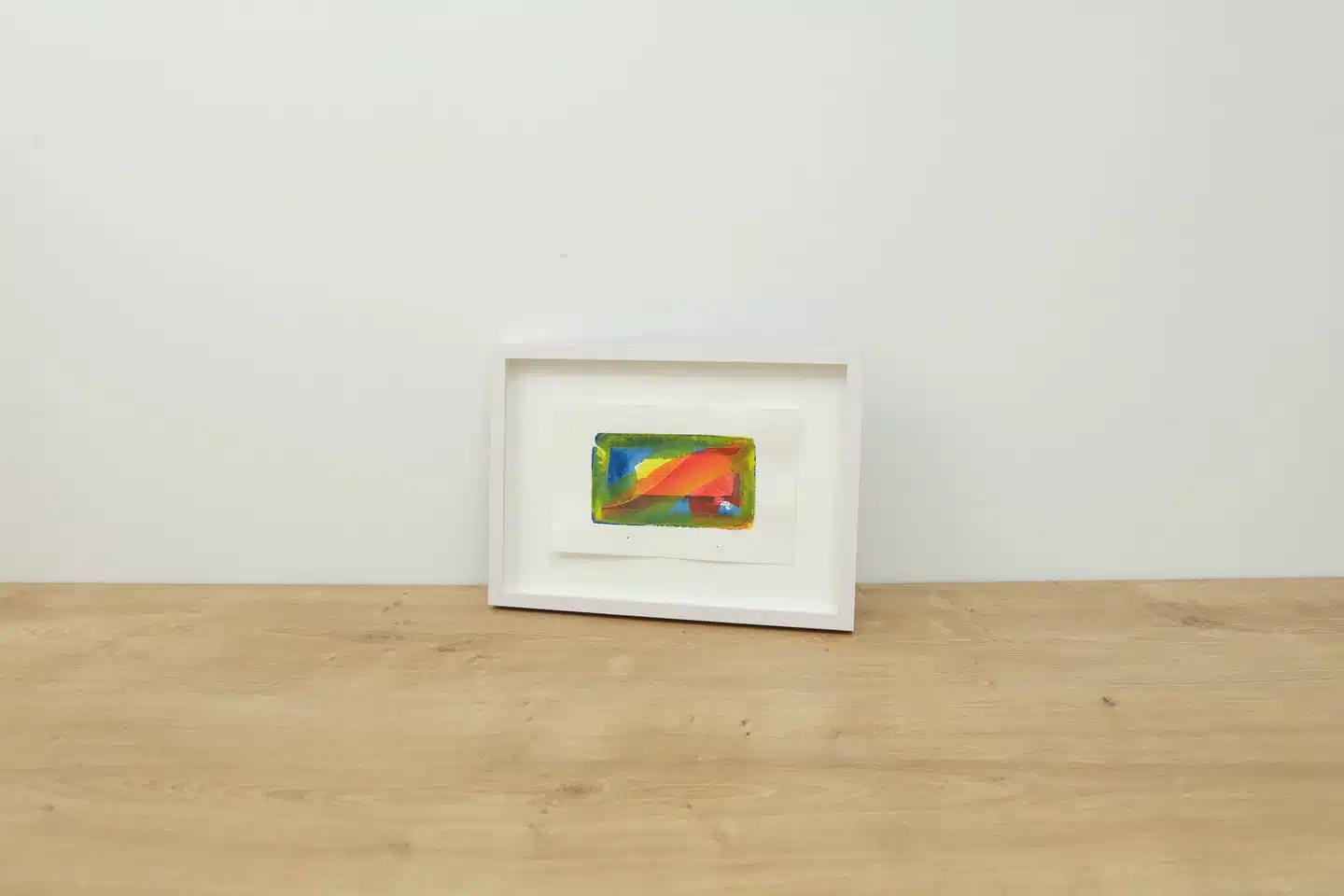
The CLASSIC is ideal for all flat pictures and framing with passepartout. Free-floating is also possible in the passepartout, but for this rather the DISTANCE is intended. It is the frame for all free-floating or three-dimensional objects. However, it also creates a special effect when mounted flat or with passepartout.
Mounting in CLASSIC
INSERT PICTURE FLAT
This is the simplest and most classic way of mounting the picture (Fig. 01). The picture has the same dimensions as the picture frame and the glass lies directly on the motif. Nothing more than the perfectly fitting picture frame is needed.
WITH PASSEPARTOUT
A passepartout is museum cardboard cut out in the middle and placed between the picture and the glass (Fig. 02). It is a border around the picture that creates additional distance from the surroundings and thus draws the eye more strongly to the picture. This type of presentation is chosen, for example, when framing prints, photographs, or works on paper whose edges appear uneasy.
PICTURE EXPOSED IN A FOLDING PASSEPARTOUT
Exposed in a passepartout means that the paper work is shown in its full size. This type of presentation is particularly suitable when the edges of the work should be visible, because the three-dimensional play sets off the picture beautifully (Fig. 04).
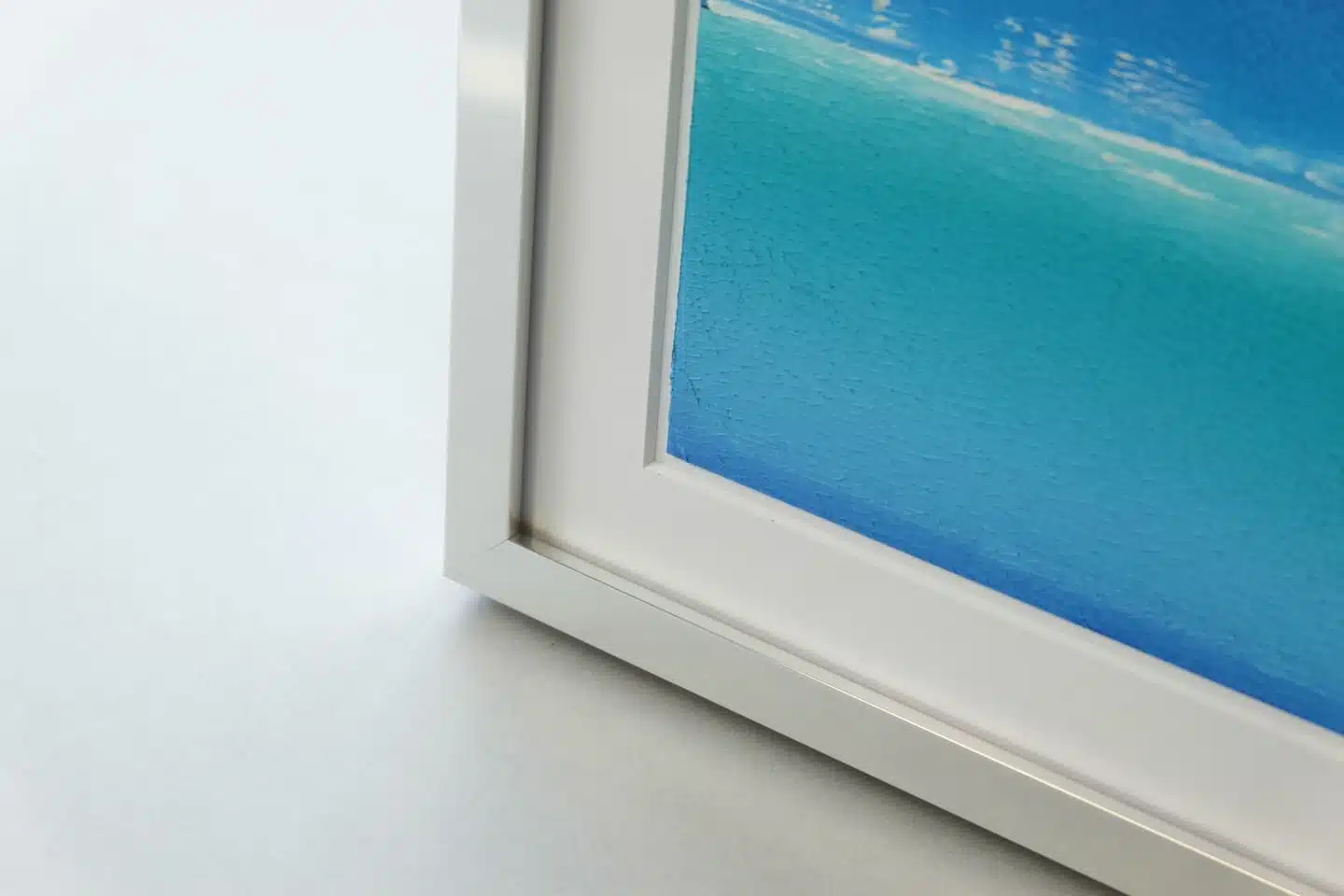
Mounting in Distance
FLOATING IN SPACE
The image gives the impression of floating in DISTANCE. Curled paper and special edges come out perfectly in this way (Fig. 05).
3D OBJECTS
Three-dimensional decorative elements make picture frames look like a small shop window (Fig. 06). To set smaller objects in scene in a sophisticated way, a matching DISTANCE is the right solution.
FLAT INSERTION
Mounting in the DISTANCE is a simple but smart way of framing. Due to the distance between glass and picture surface, it achieves a special depth effect (Fig. 07).
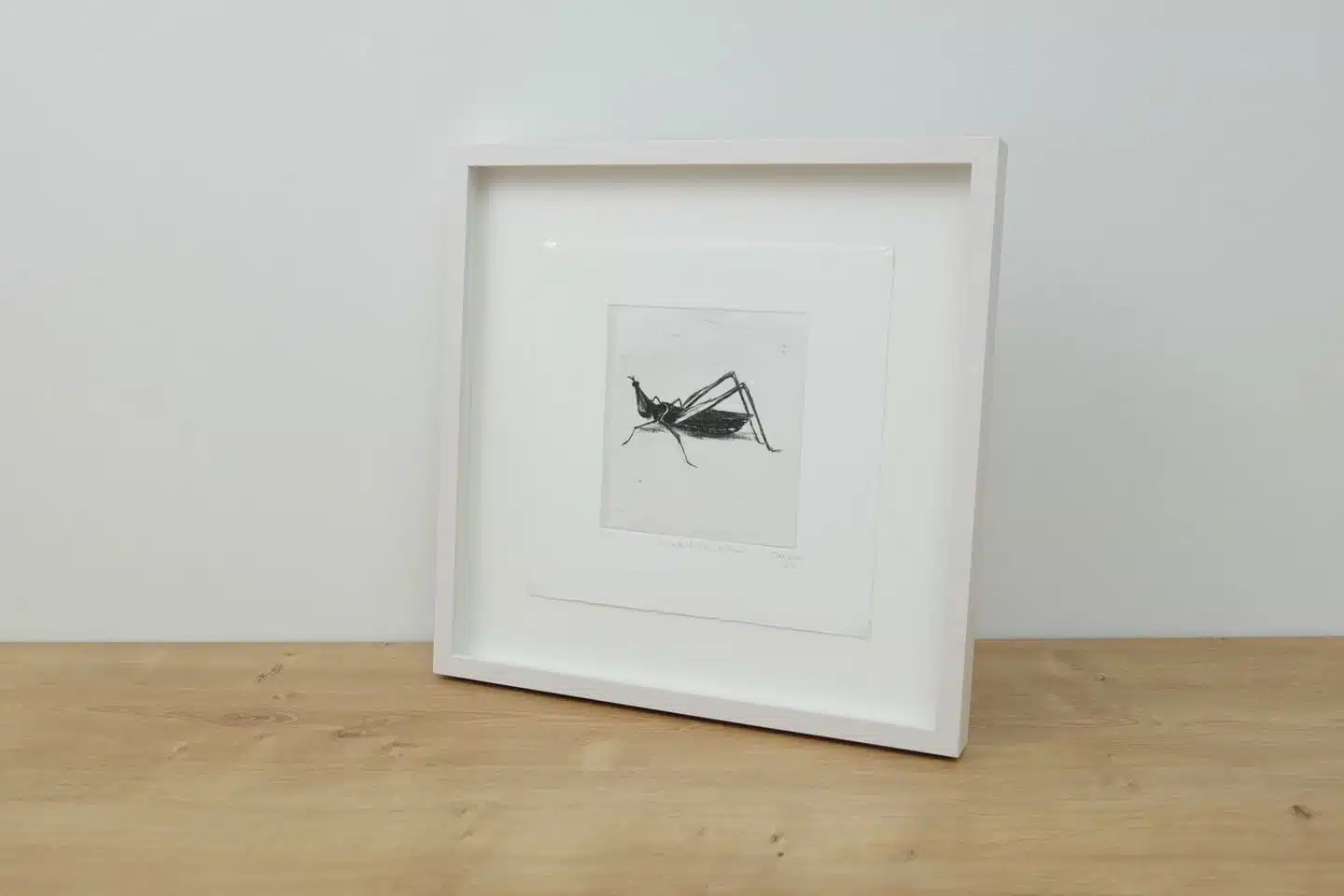
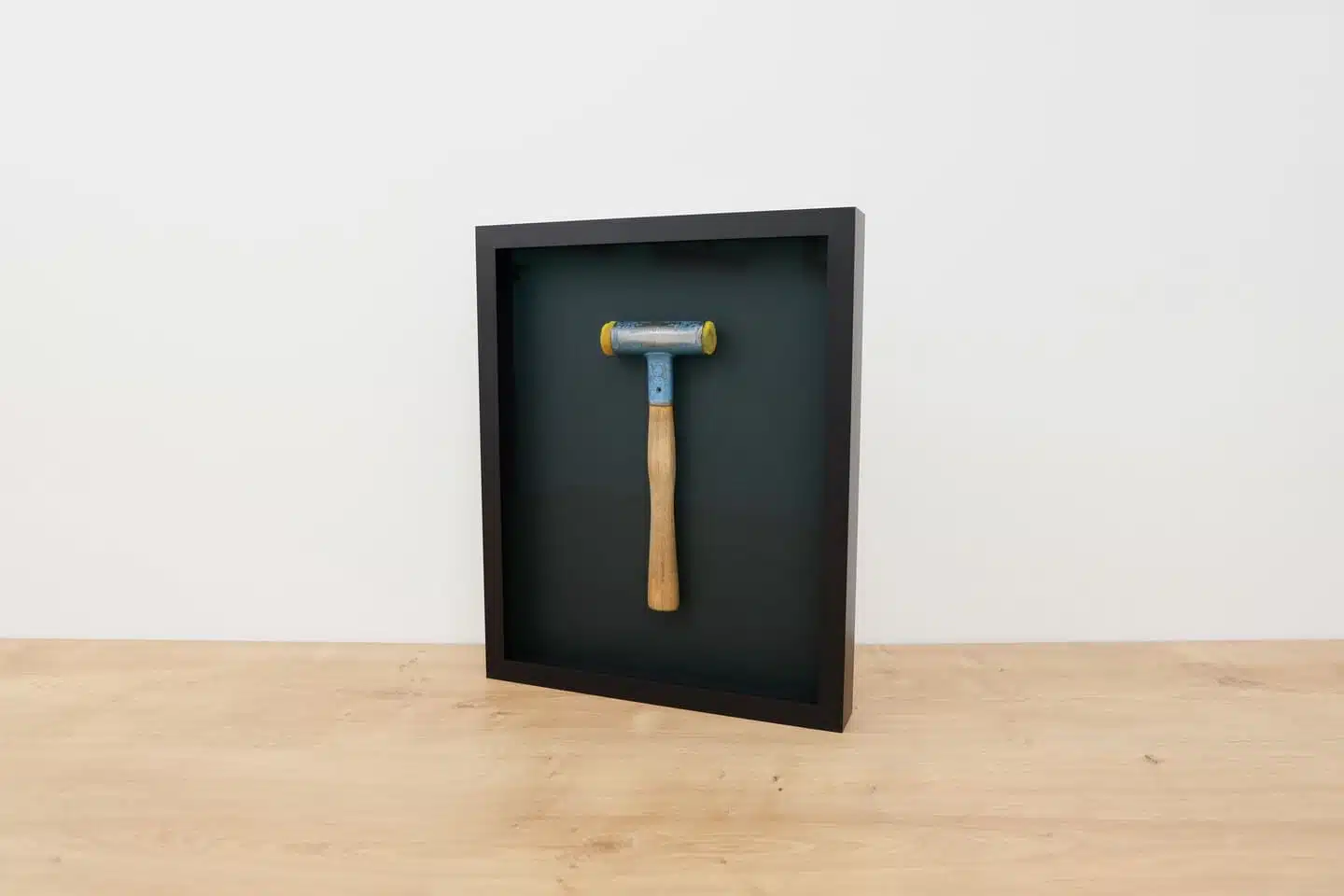
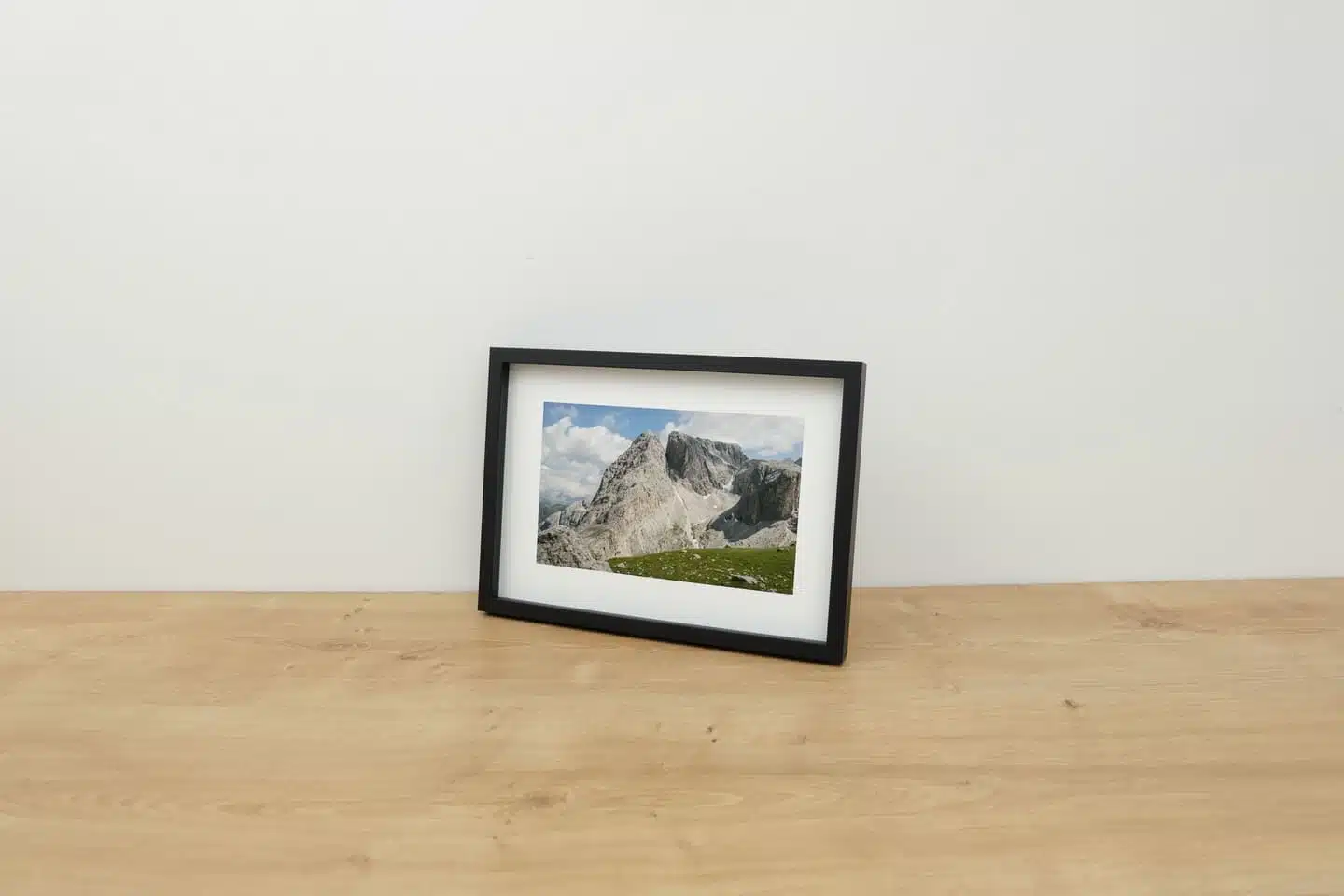
Where high protection is required - CONSERVO, CONSERVO-DISTANCE and B1
Our CONSERVO and CONSERVO- DISTANCE magnetic frames are recommended for works of art that are particularly worthy of protection, where conservation aspects such as acid-free paper are of great importance. If fire protection plays a major role, our B1 magnetic frame is just the right one.